There are many old dishes in the UK that are hyper-regional, whose reach has never extended beyond geographical boundaries but remain much loved where they originated. Yorkshire curd tart is a good example: it is barely known beyond God’s own county (or God’s own four counties, which now technically make up what we think of as Yorkshire). There is no good reason for this — Yorkshire curd tart is just a delicious well-kept secret.
The tart enjoyed its heyday in the seventeenth century, when most families would have kept their own cow
It was traditionally baked for Whitsun, or Pentecost, the day the Holy Spirit descended on Jesus’s disciples. Curd tart is literally a moveable feast, as its date depends on that of Easter itself. It may look like (and is sometimes wrongly characterized as) a custard tart, but it’s really a cheesecake baked in pastry. This makes sense when you realize that the “curds” in its name are Little Miss Muffet-style curds, as opposed to lemon curd.
Curds are what are produced when you split whole milk with enzymes or acid. When these are added to hot milk, the milk will almost immediately solidify and then, when agitated, separate into waves of pale cheese curd and highlighter-yellow whey. Strained through a muslin cloth, the curds will set into something that looks like a firm ricotta, and will form the base of your tart filling. You can make your own curds with either rennet or lemon juice; my recipe is for lemon juice as it’s more easily available, and it’s vegetarian, but both will result in the same fresh, mild cheese curds.
The curd cheesecake sits on the most basic of shortcrust pastries, which is crisp and short, but also unassuming. It is quite simply the vehicle for the curd filling. It’s dotted with currants and it’s the dried fruit that brings sweetness to an otherwise not terribly sweet pudding. The flavorings are suitably old-fashioned: a little spice and often a splash of rosewater. Traditionally, allspice (or, to give it its Yorkshire name, “clove pepper”) should be used, but a blend of mixed spice and nutmeg works well too.
Some people will tell you that you can use cottage cheese in place of making your own curds. And other people will get very, very cross at that suggestion. Jane Grigson counsels against “cottage or cream cheese;” objecting to the latter is fair enough, as cream cheese has an entirely different flavor and texture to that of homemade curds, but I’m not sure it is quite the crime of the century to use a pot of cottage cheese.
In any event, the tart enjoyed its heyday in the seventeenth century, when most families would have kept their own cow, making curd production significantly easier than it is today. In fact, most traditionally the tart would be made with “beestings,” or colostrum, the first milk that is produced by the cow after the calf is born (it is no longer legal to sell this). Colostrum is particularly rich and high in fat, so in its place it’s best to use a milk with a good fat content, such as gold-top Jersey milk.
My view is that homemade curds are softer and have a subtly different flavor to cottage cheese, and if you’re going to the effort of making a curd tart, you might as well go the whole hog and make your own curds too. But using shop-bought cottage cheese is certainly a good substitute; just make sure that you strain it thoroughly to prevent it being too watery.
Pocked from the currants and slightly stuccoed from its curd content, the Yorkshire curd tart may not win any beauty prizes. It doesn’t have the dark brown glossy coat of a Basque cheesecake or the pristine edges of the no-bake version. But the tang and freshness that the curds bring to the tart, so different from the richness of a vanilla-heavy cheesecake, is winning. And baked until puffed and golden, there is something winsome about it.
For the pastry
- 1½ cup plain flour
- 1 cup butter
- ½ tsp fine salt
- 2 tbsp cold water
For the filling
- 4 cups full-cream milk
- ¼ cup lemon juice
- 1 cup butter, soft
- ⅓ cup caster sugar
- 2 eggs
- 1 tbsp plain flour (optional)
- ½ tsp allspice
- 1 cup currants/raisins
- First, make the curds. Heat the milk until it is steaming but not boiling. Add the lemon juice slowly, and gently stir. Leave to stand for fifteen minutes, then pour through a sieve lined with muslin or an unused dishcloth. Leave overnight in a cool place for the whey to drain from the curds.
- The following day, make the pastry: pulse the butter, flour and salt together in a food processor, or rub together by hand, until the mixture resembles breadcrumbs. Add the cold water until it comes together as a dough, then wrap in Saran wrap and refrigerate for thirty minutes.
- Roll out the pastry to the thickness of a pound coin, and use it to line an eight-inch tart tin. Trim any excess amounts but leave a bit of overhang. Refrigerate for another fifteen minutes.
- Preheat the oven to 375°F/355°F fan. Using a knife, trim the pastry again so it is flush with the tin. Line with baking paper, fill with baking beans or dry rice and bake for twenty minutes.
- To make the filling, cream together the butter and sugar until pale and fluffy, then beat in the eggs one by one. If it looks as if the mixture is splitting, add a tablespoon of plain flour. Add the spices. Give the drained curds a final squeeze, and gently fold in two cups of them, followed by the currants or raisins.
- Take the pastry tin from the oven, remove the beans and paper and reduce the oven temperature to 335°F/320°F fan, then spoon the filling into the pastry. Bake for forty minutes until the filling is puffed and bronzed. Allow to cool a little before removing from the tin. Serve warm.
This article was originally published in The Spectator’s UK magazine. Subscribe to the World edition here.



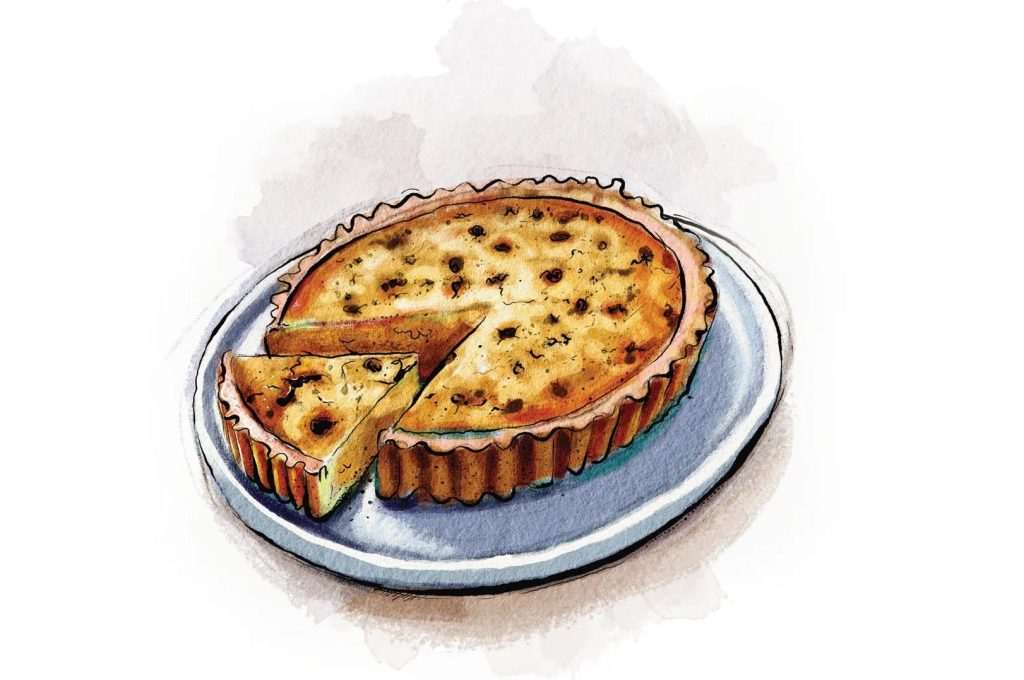








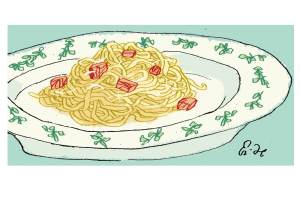

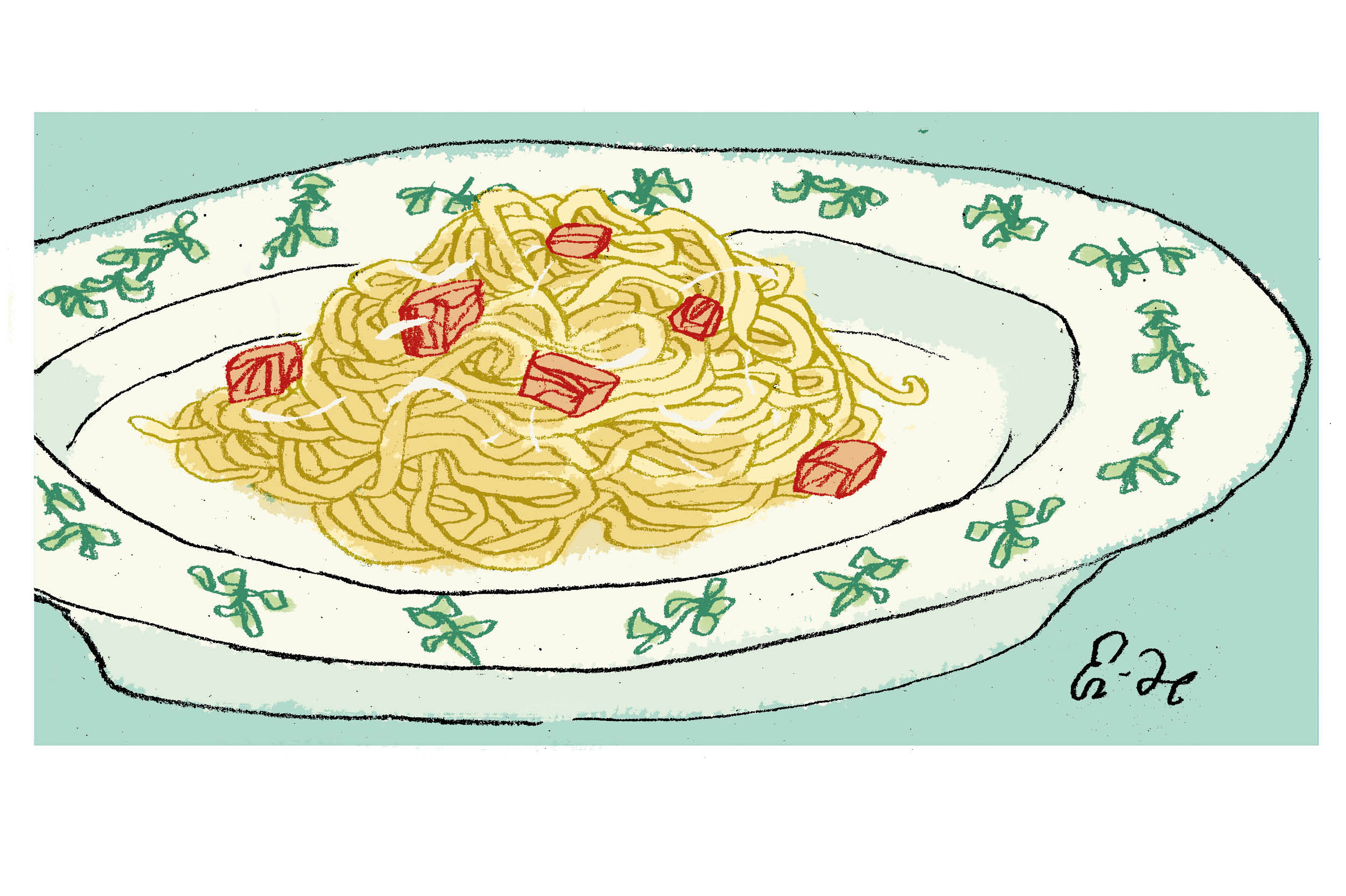
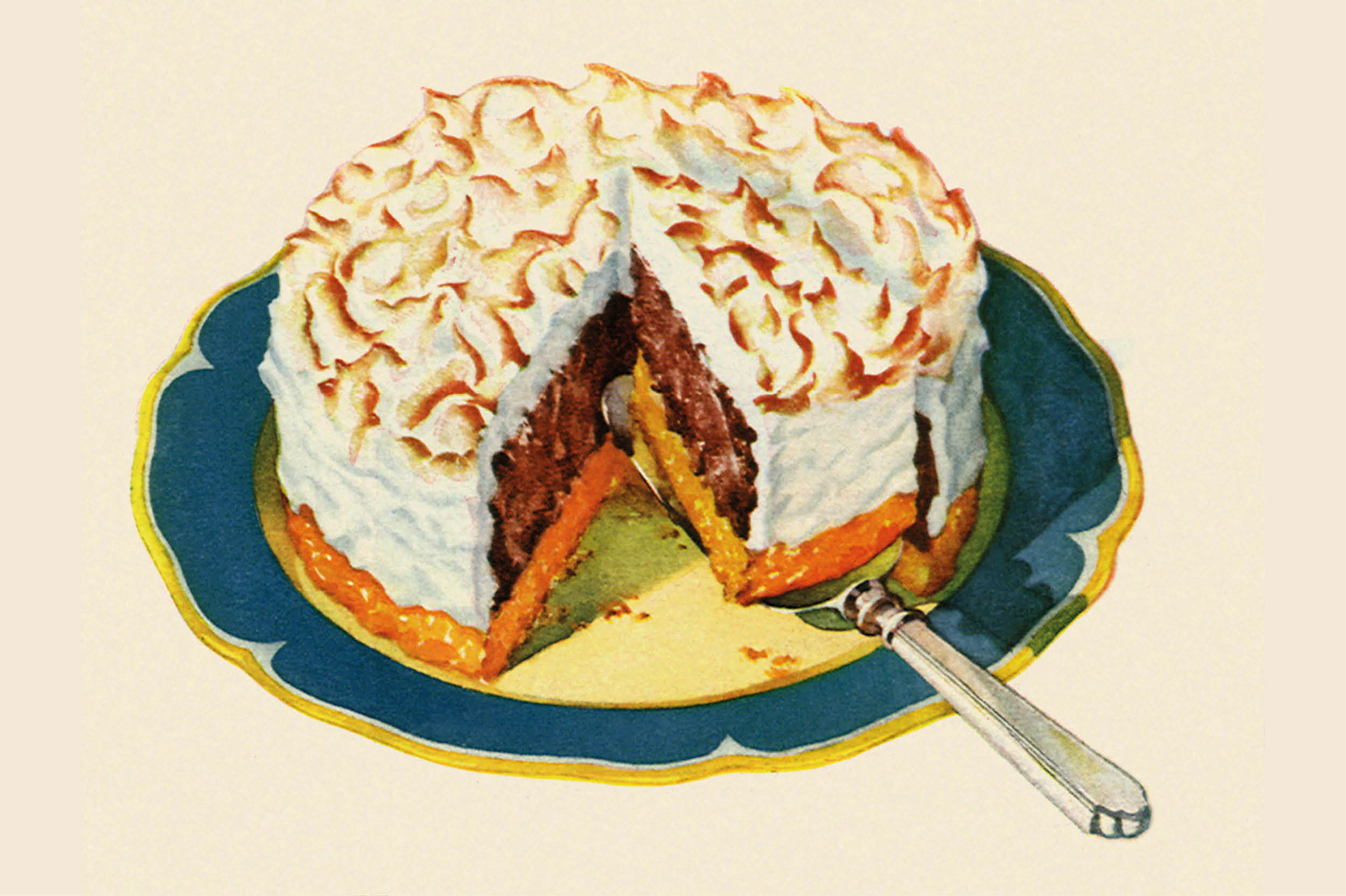
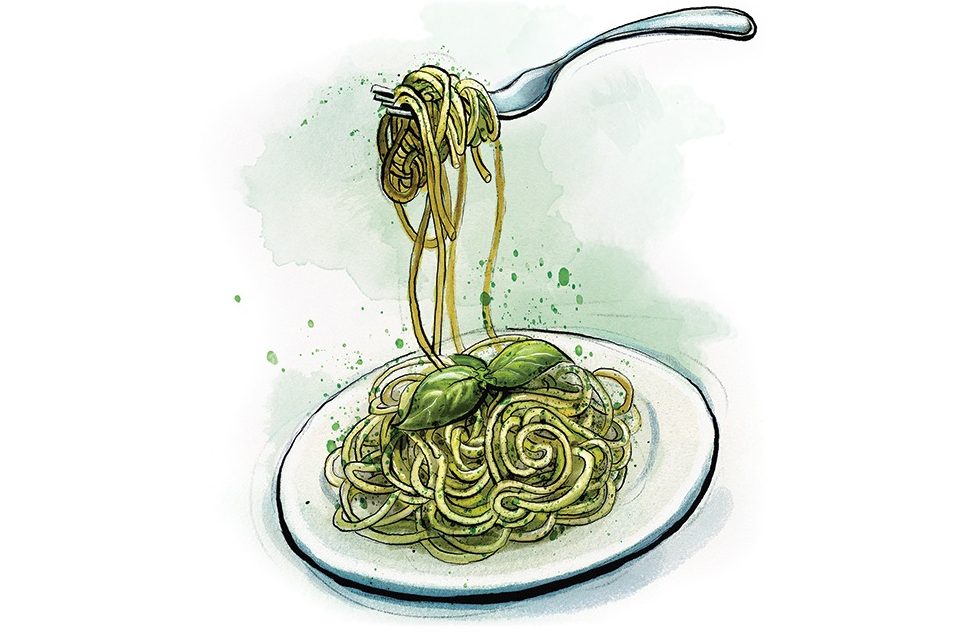









Leave a Reply